When it comes to building powerful legs, few machines rival the effectiveness of the 45-degree squat machine—often referred to interchangeably with the 45-degree hack squat. Though both terms are sometimes used loosely, understanding how this machine works and how to use it correctly can make a noticeable difference in your lower body development.
What Is a 45-Degree Squat Machine?
The 45-degree squat machine is a plate-loaded strength training machine where you perform squats on a sled that moves along a fixed 45-degree track. Your back remains supported against a pad, while your feet press against an angled platform. This design allows you to safely load heavy weight through the legs without putting excessive strain on your spine.
Because your upper body is stabilized, this machine emphasizes your quads, glutes, and hamstrings more directly than a free barbell back squat might—especially for those with mobility limitations or lower back issues.
The 45-Degree Hack Squat: Same or Different?
The term 45-degree hack squat often describes a very similar setup—sometimes the exact same machine—but with minor variations in foot placement and range of motion that shift the focus slightly.
-
Standard 45-degree squat machine: Balanced tension between glutes, hamstrings, and quads.
-
Hack squat variation: More knee-dominant, often with feet placed lower on the platform to increase quad activation.
In many gyms, the two are used interchangeably. The key difference lies in how you use the foot placement to bias certain muscles. This level of control makes the 45-degree machine a favorite for bodybuilders and athletes who want to target specific weaknesses.
Why Choose the 45-Degree Machine Over Free Weights?
For beginners and even advanced lifters, the 45-degree sled offers some distinct advantages:
-
Joint-Friendly: Reduces axial load on the spine.
-
Consistent Form: Guides your movement in a fixed path, which reduces injury risk.
-
Volume-Friendly: Great for hypertrophy training without needing a spotter.
-
Time Under Tension: The fixed angle allows you to focus on squeezing your muscles without worrying about balance.
That said, it’s not a replacement for barbell squats but a powerful supplement—especially on leg days where precision matters.
A Real-World Perspective
There was a point in my training where I hit a plateau with barbell squats. My knees were feeling beat up, and my lower back would tighten up every session. That’s when I started programming the 45-degree hack squat into my routine.
With a slightly narrower stance and feet lower on the platform, I could finally feel my quads doing the bulk of the work—without compensating through my hips or back. Within six weeks, I noticed both a visual difference in quad definition and an increase in overall squat endurance. The control and constant tension made every rep count.
Pro Tips for Using the 45-Degree Squat Machine
-
Start Light: Even if you squat heavy with a barbell, the angle and sled resistance can be deceiving.
-
Mind Your Depth: Go low enough to activate your glutes, but stop before your hips curl under.
-
Foot Position Matters: Higher = glutes/hamstrings, Lower = quads.
-
Don’t Lock Out: Keep a slight bend in the knees at the top to maintain tension.
-
Control the Negative: Lower the sled slowly to maximize hypertrophy.
Final Thoughts
Whether you call it a 45-degree squat machine or a hack squat, this piece of equipment deserves a spot in your training. It’s not just for bodybuilders—it’s for anyone looking to develop balanced, powerful legs while reducing injury risk and increasing muscle engagement.
The key? Use it with intention. Adjust your stance, control your reps, and focus on the mind-muscle connection. Done right, this machine will challenge your legs in ways the barbell can’t.


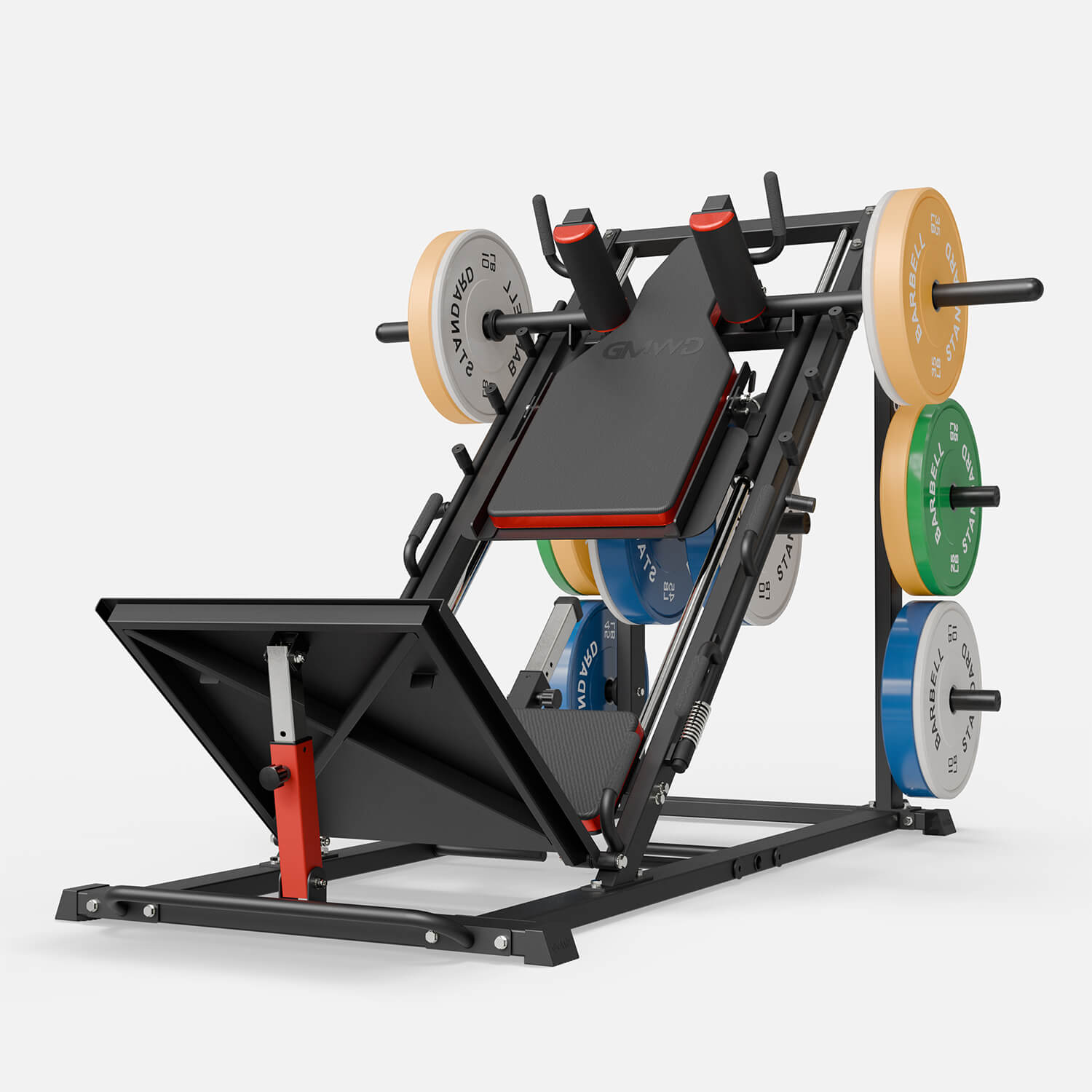


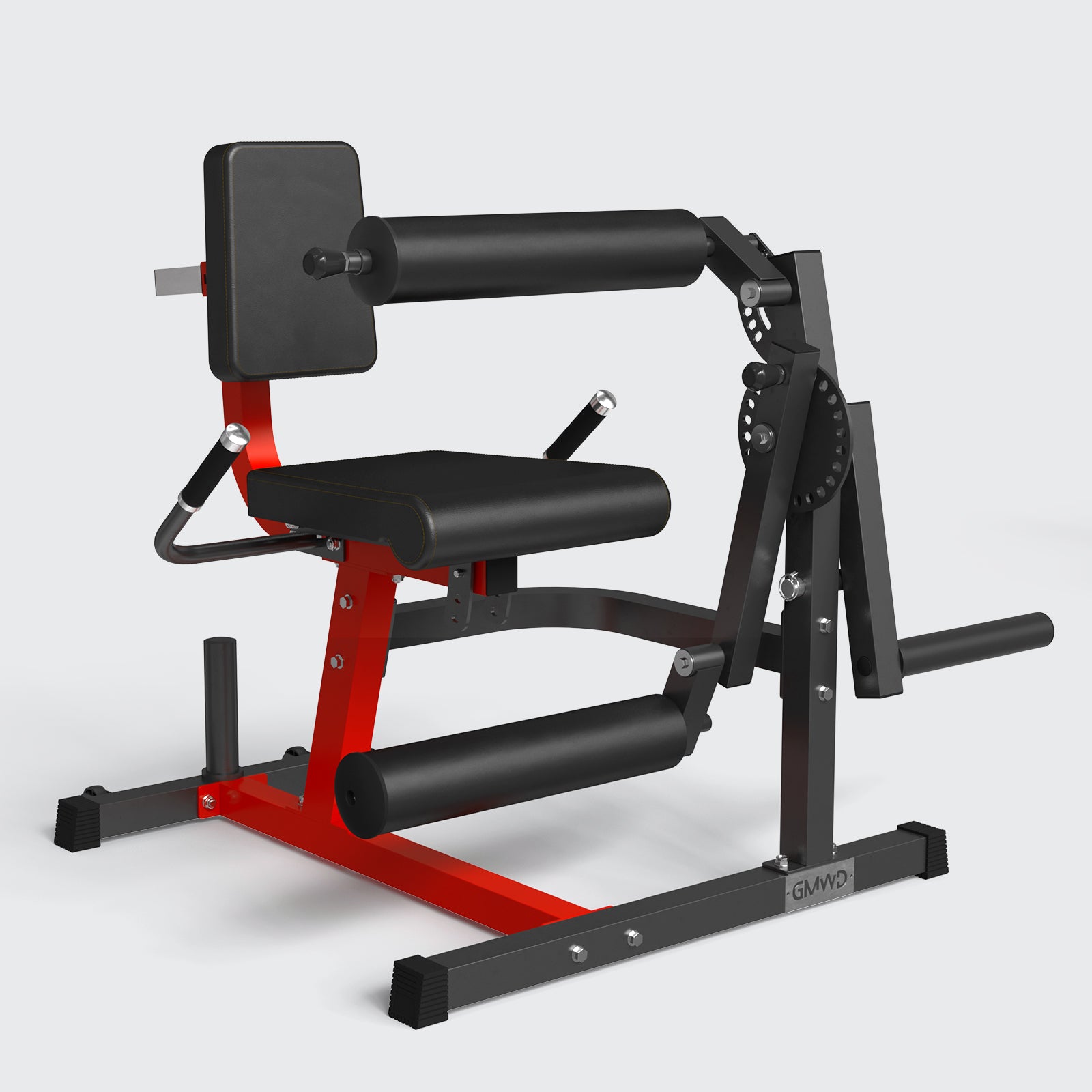
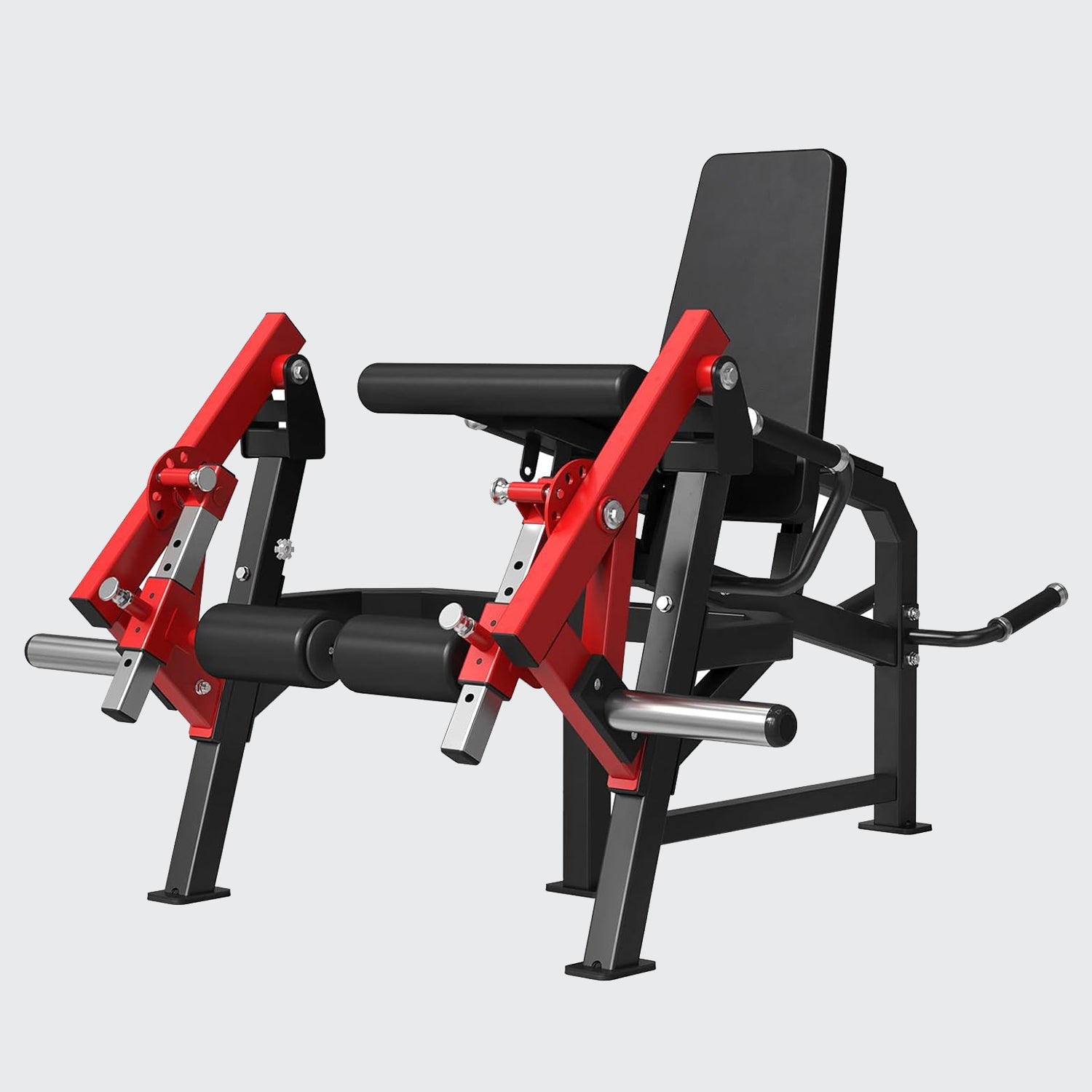
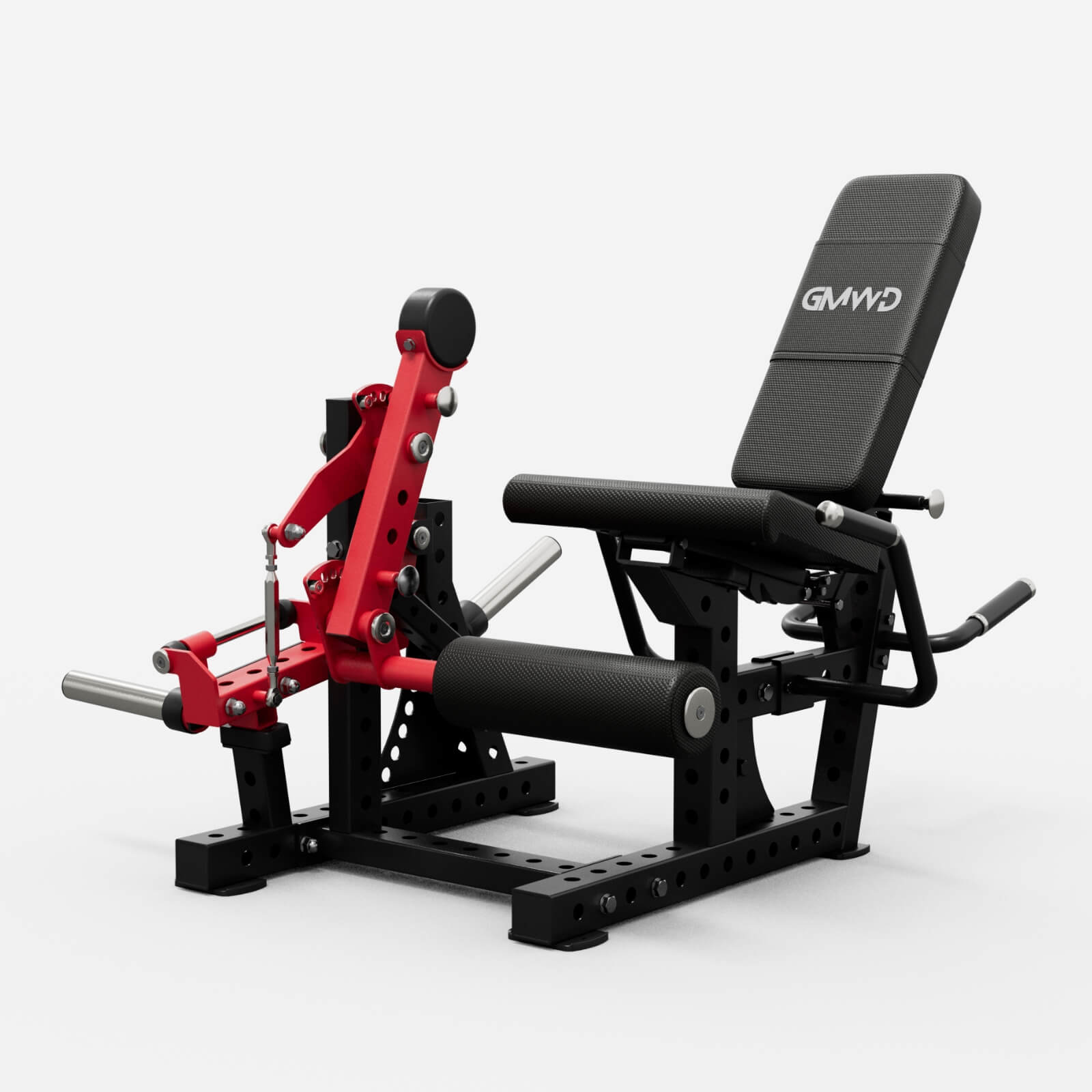
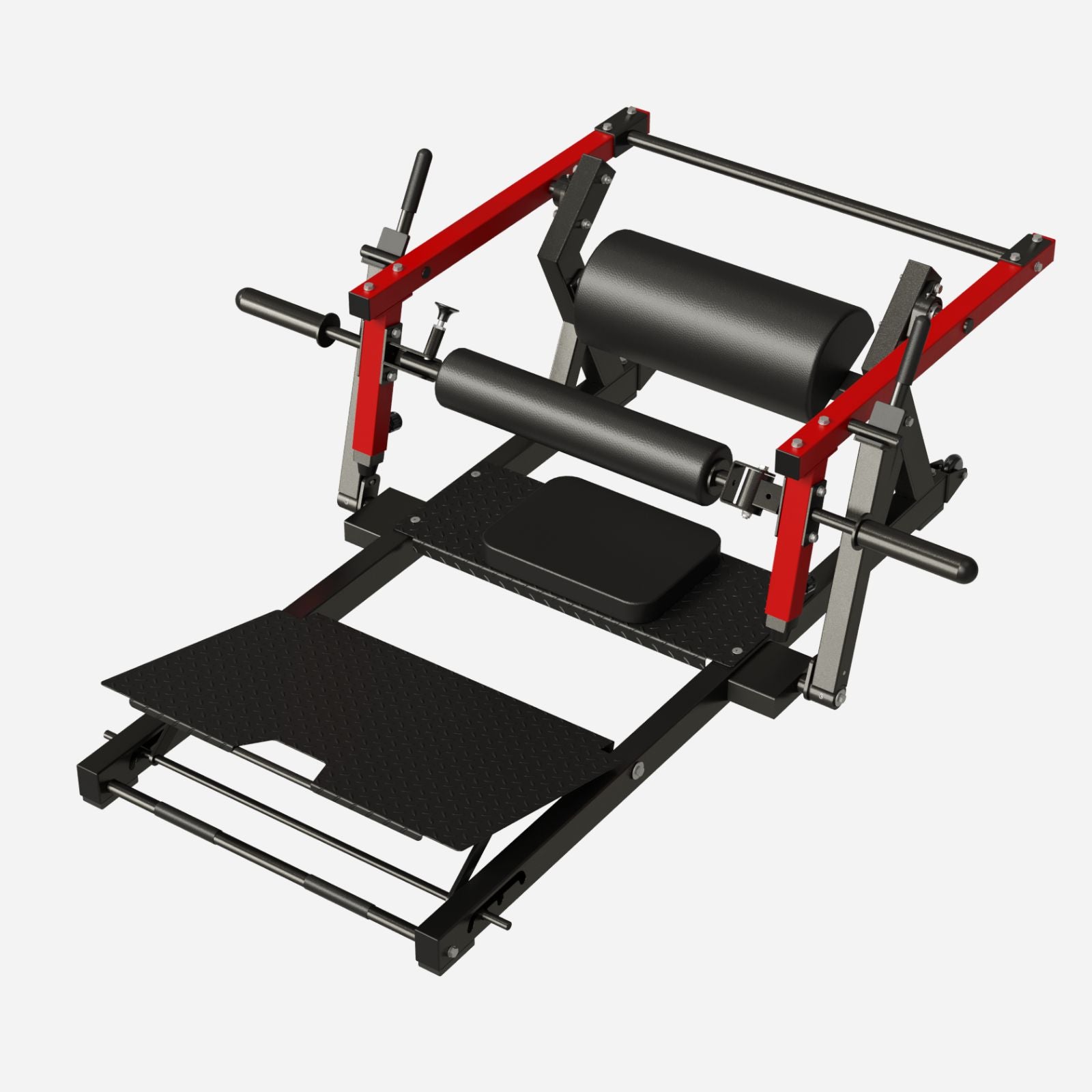
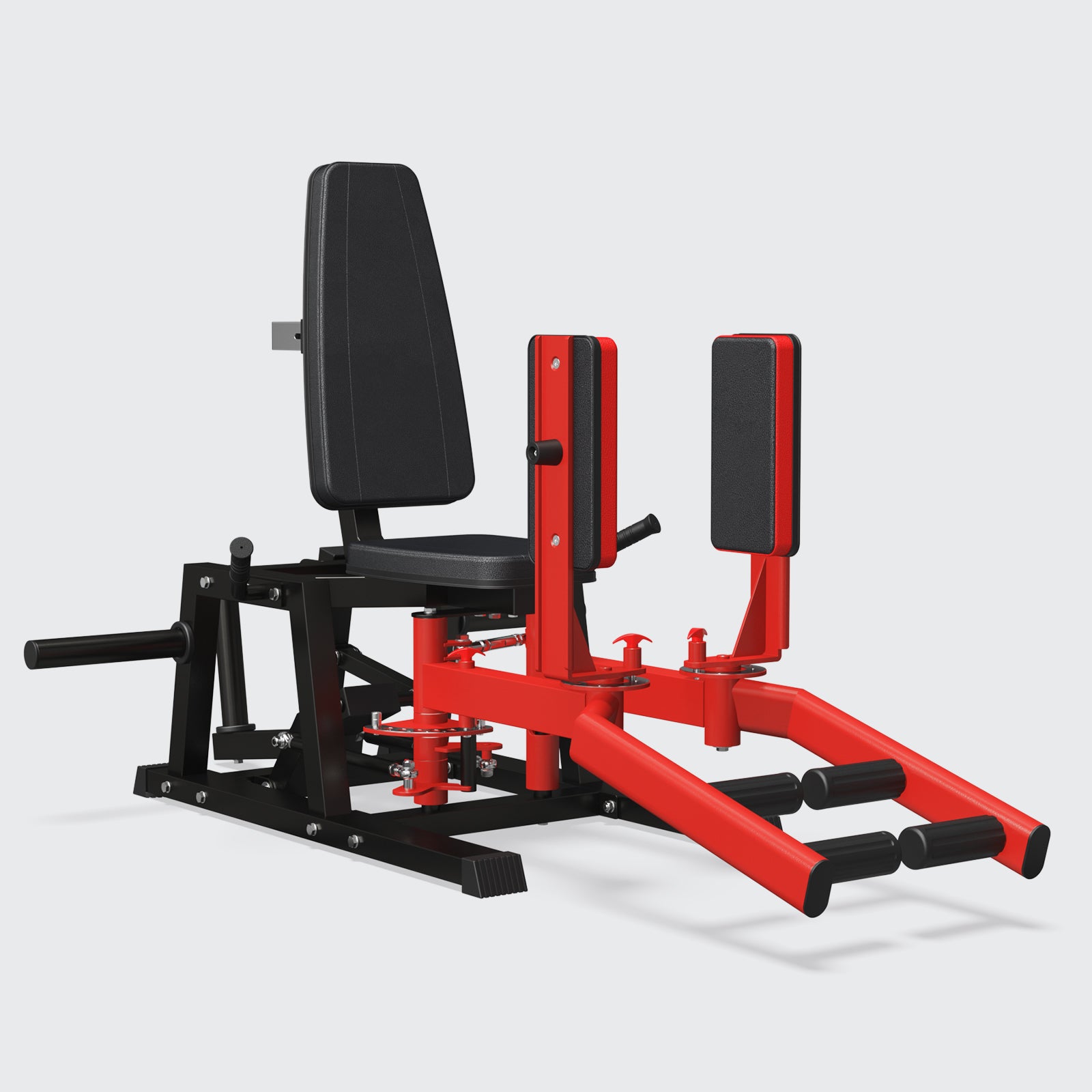


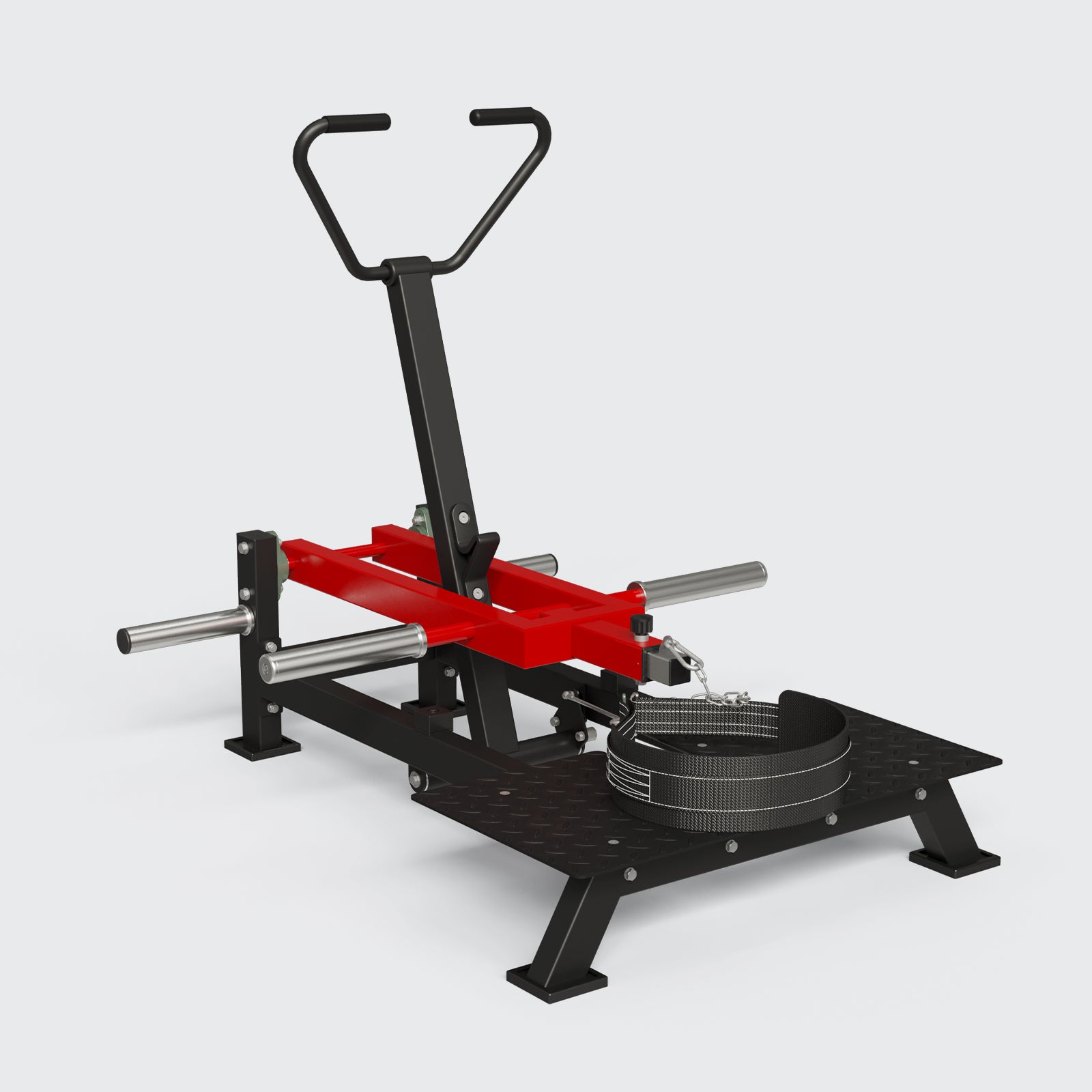
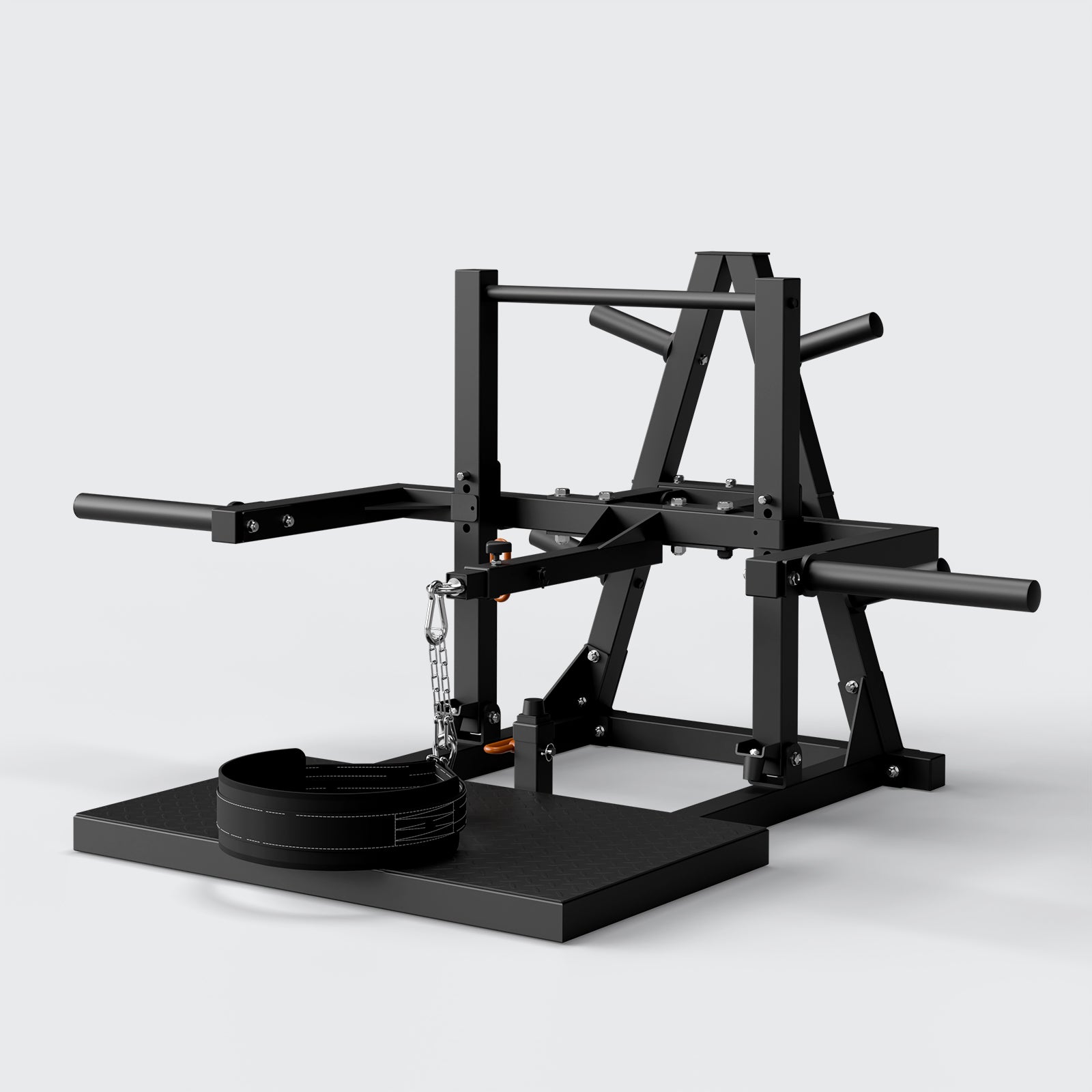

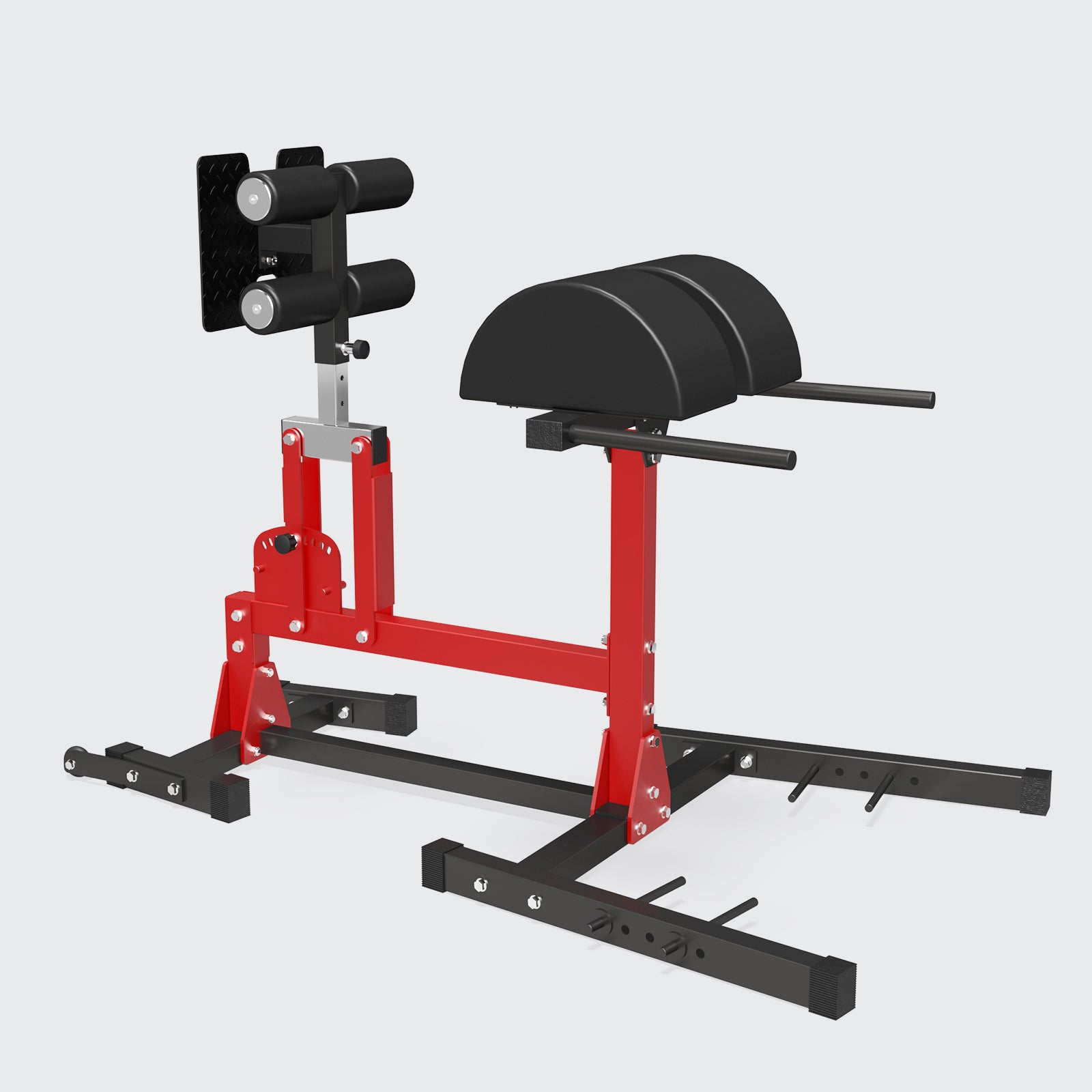

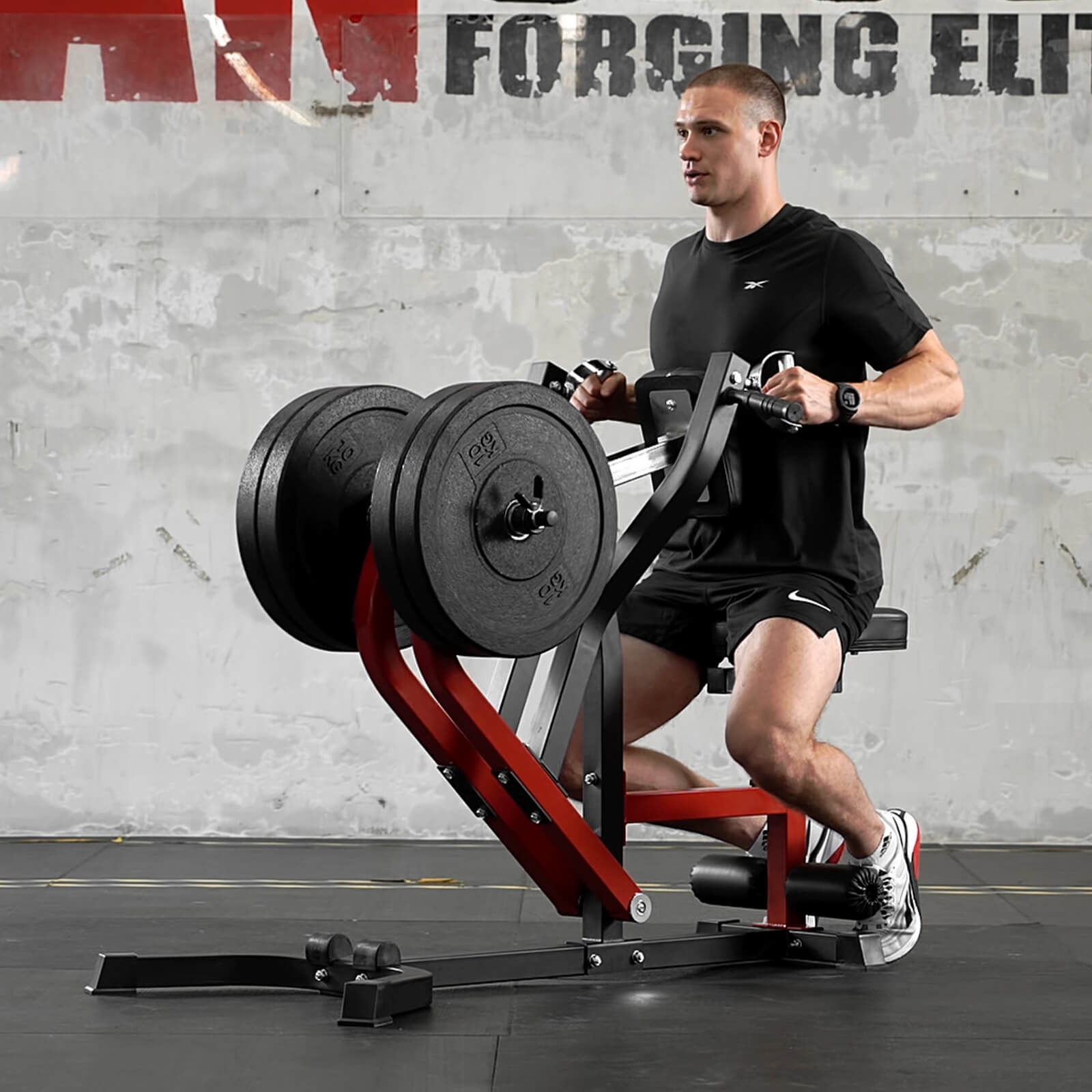
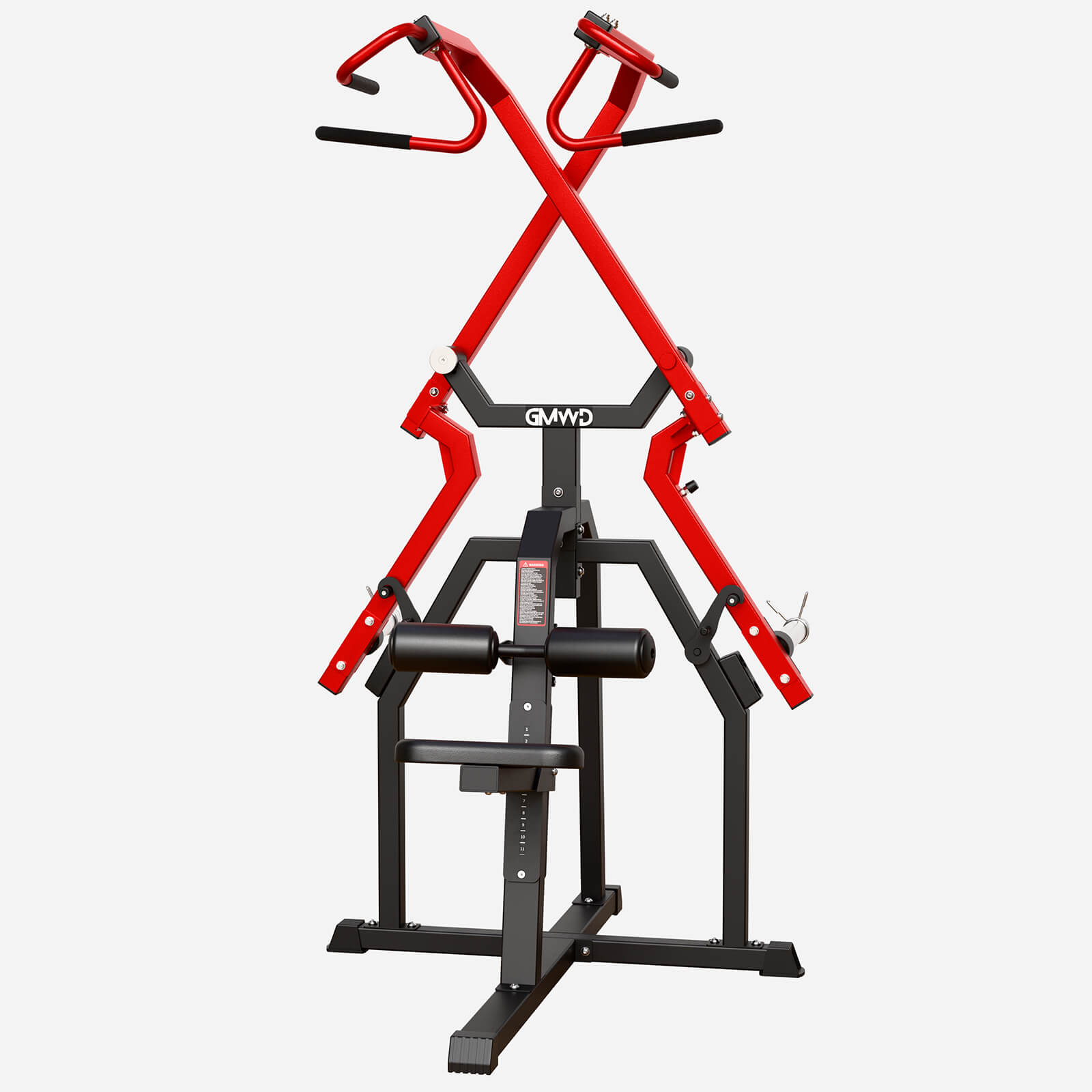
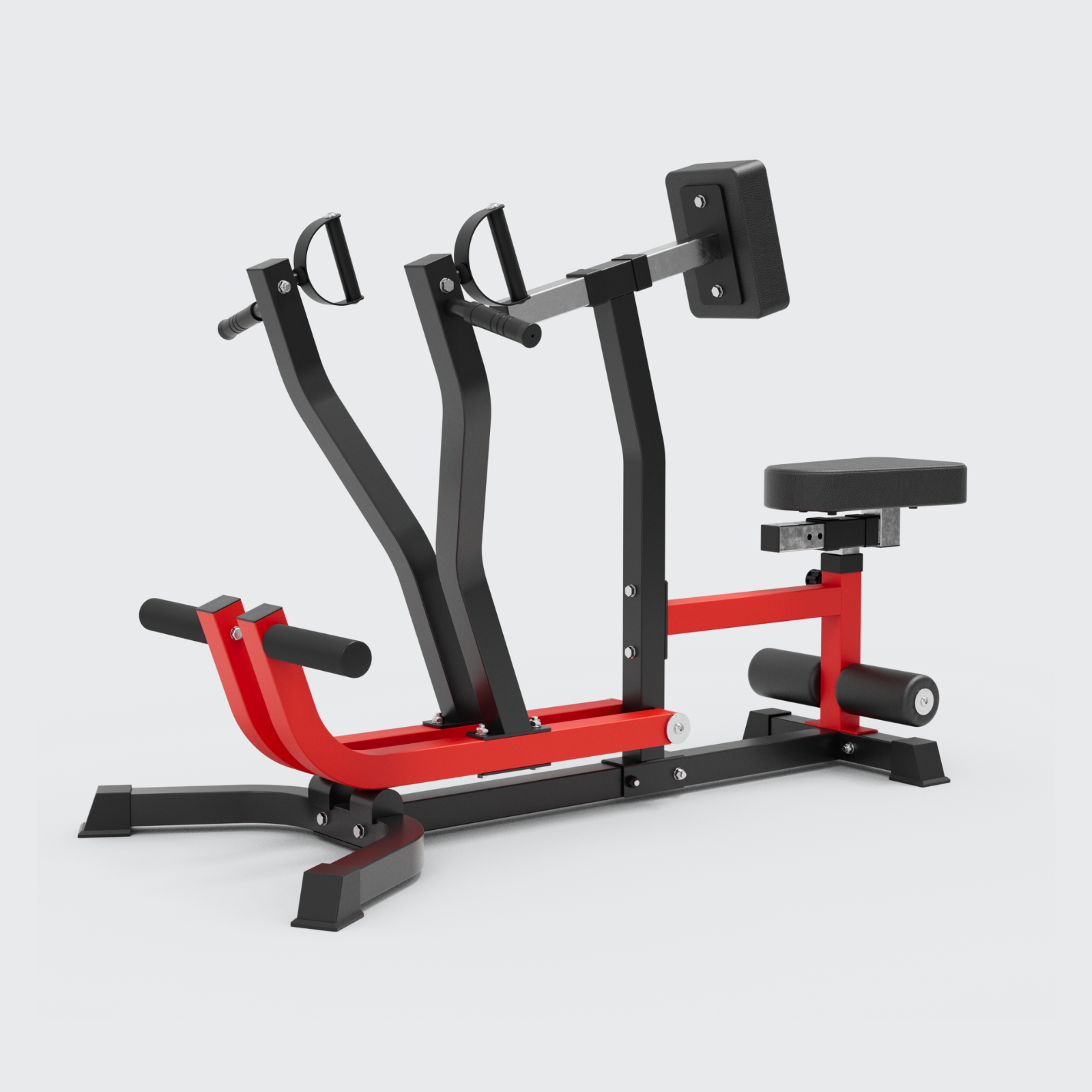
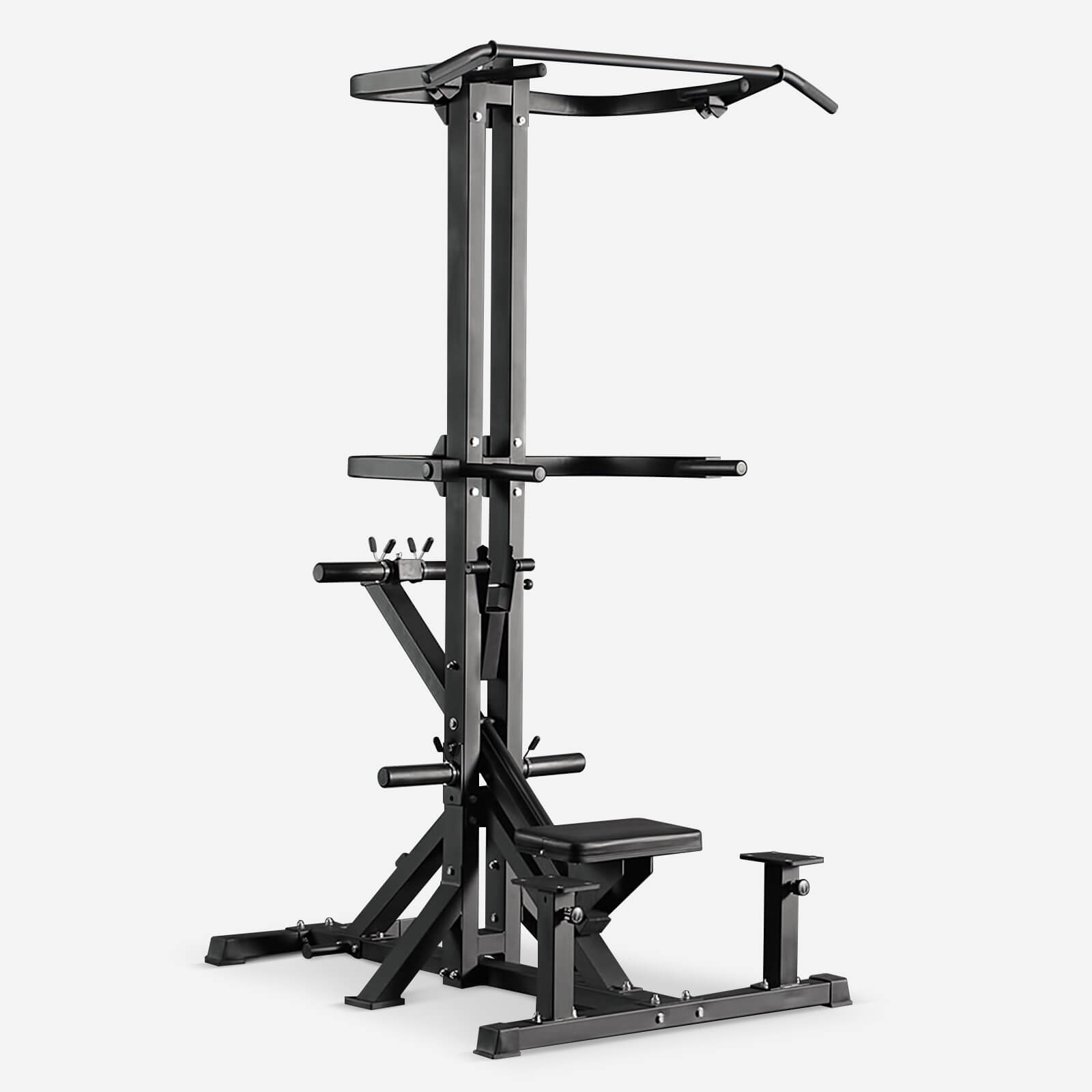

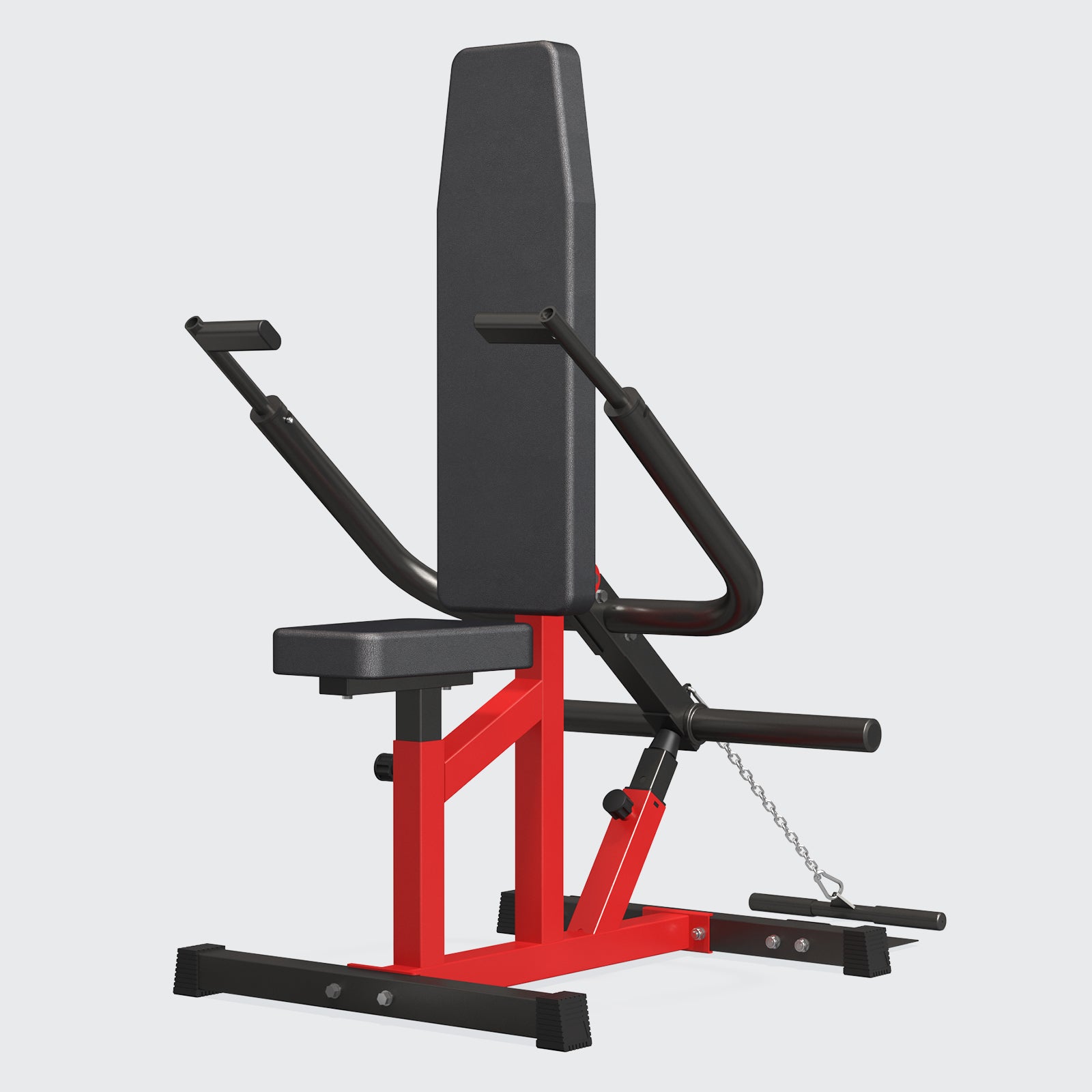
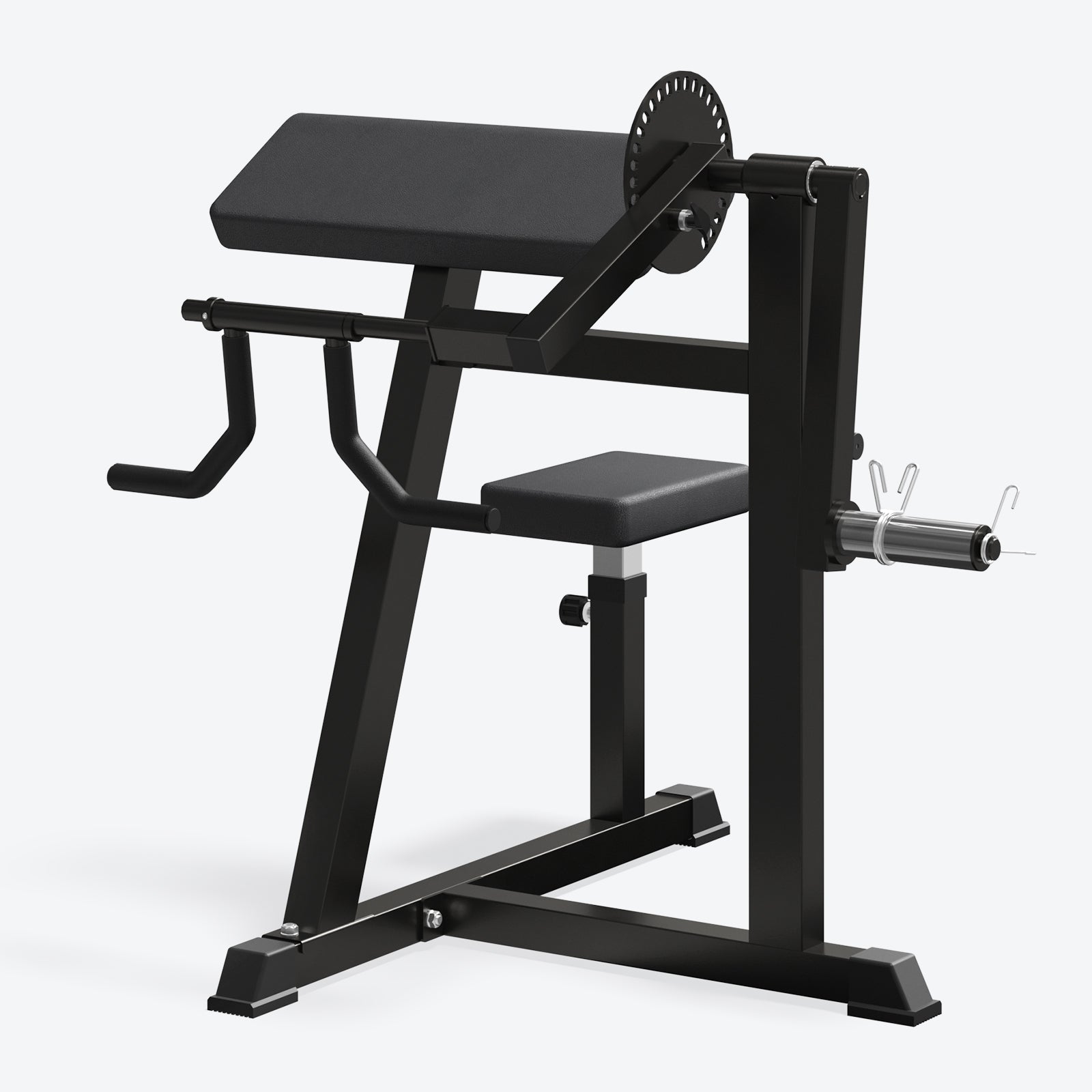
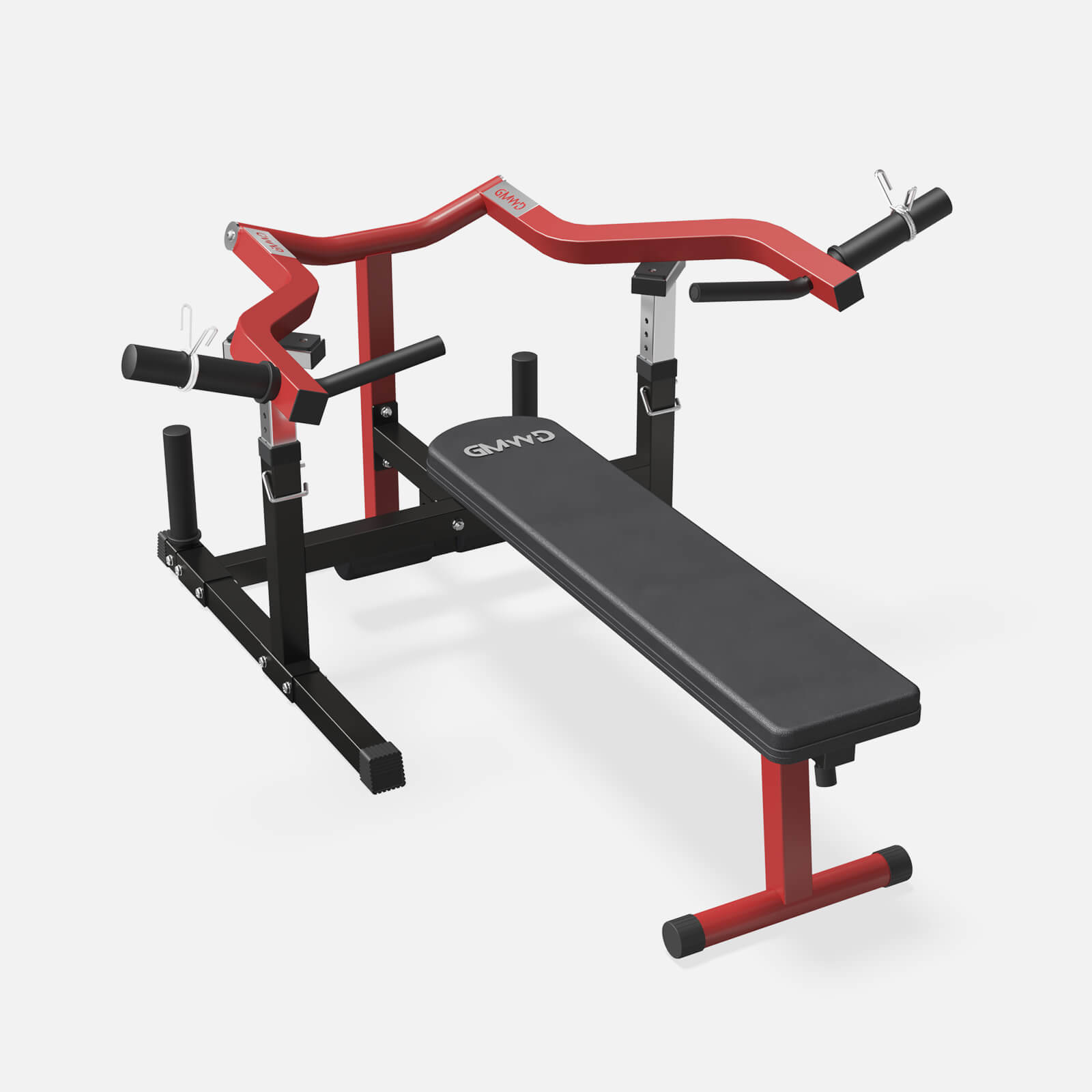
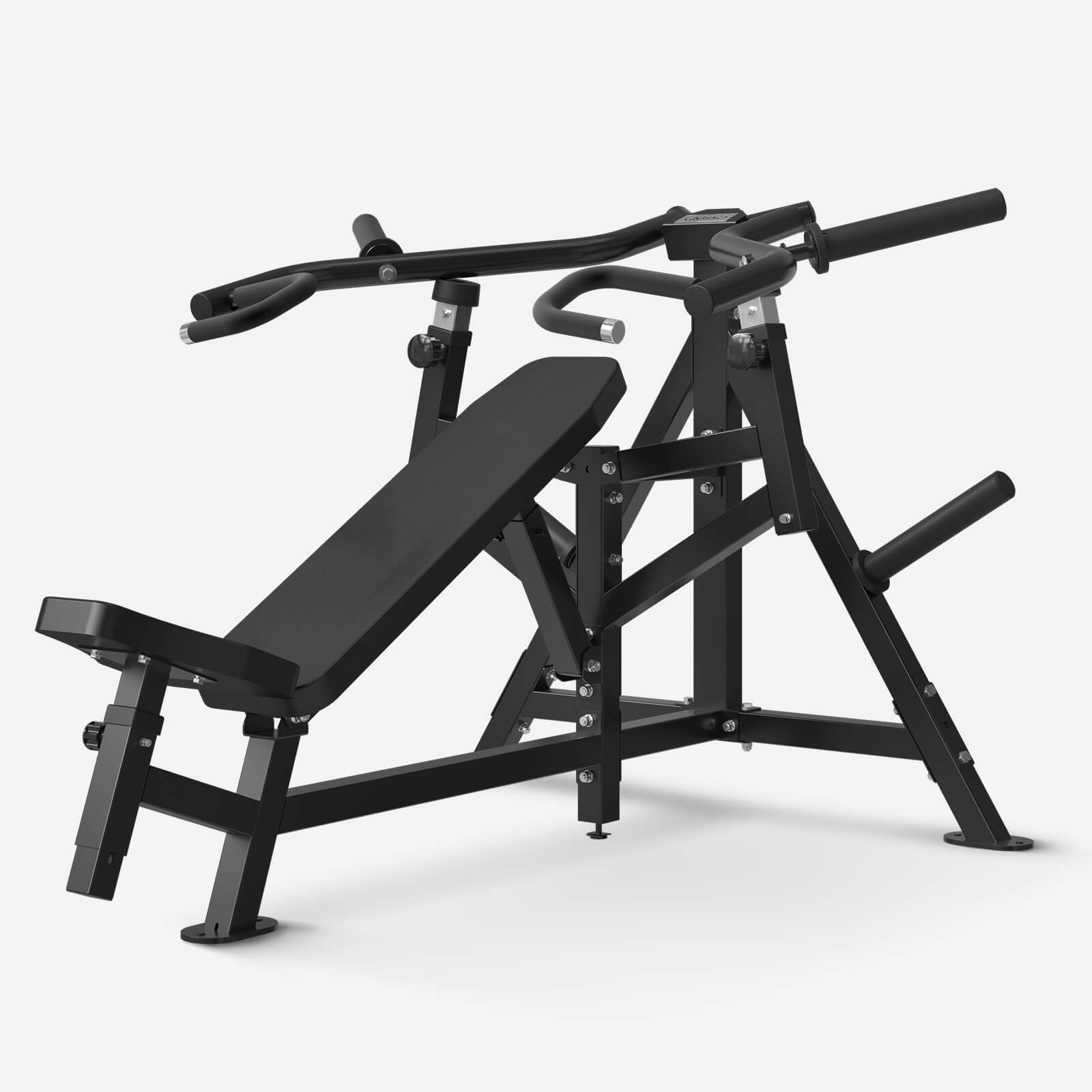
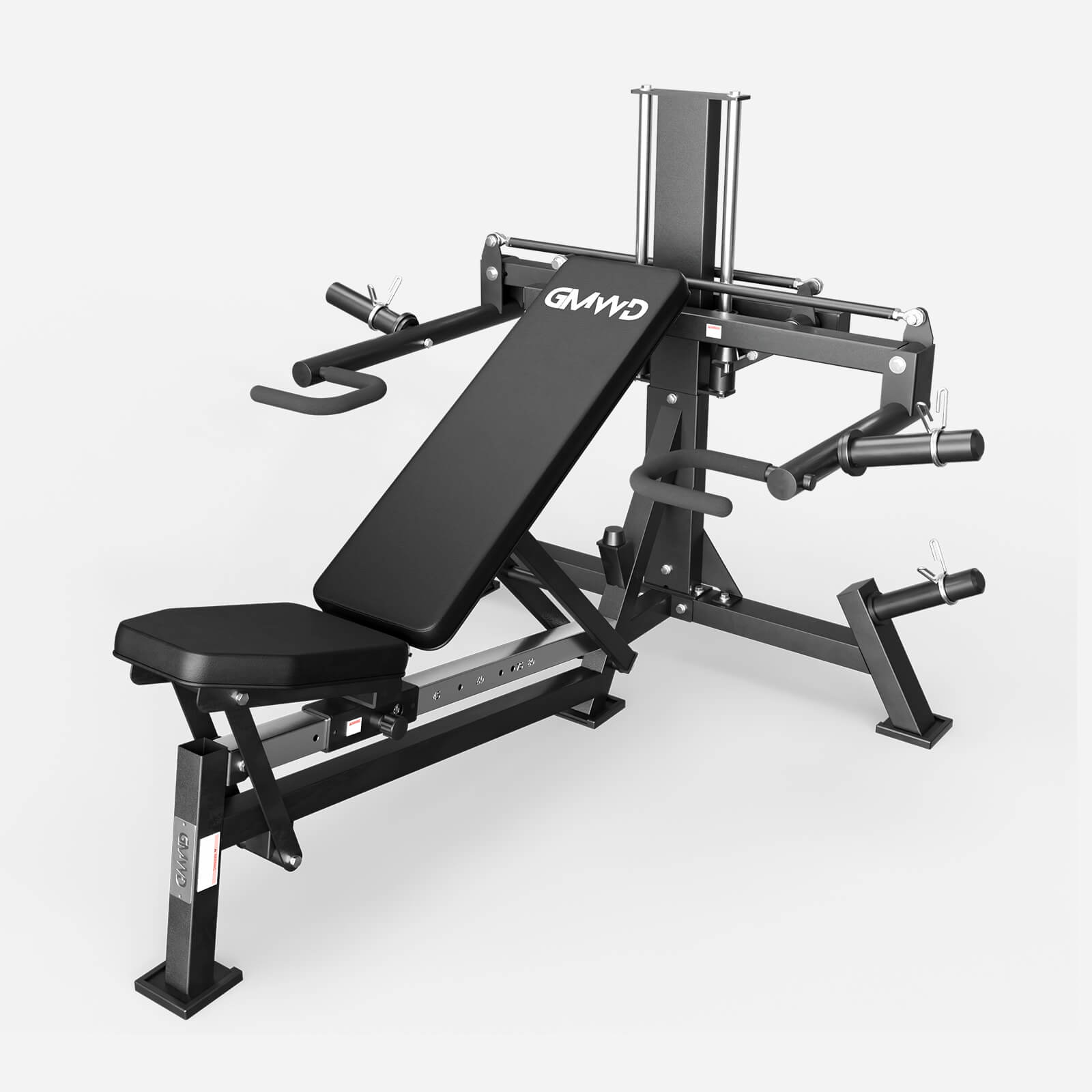
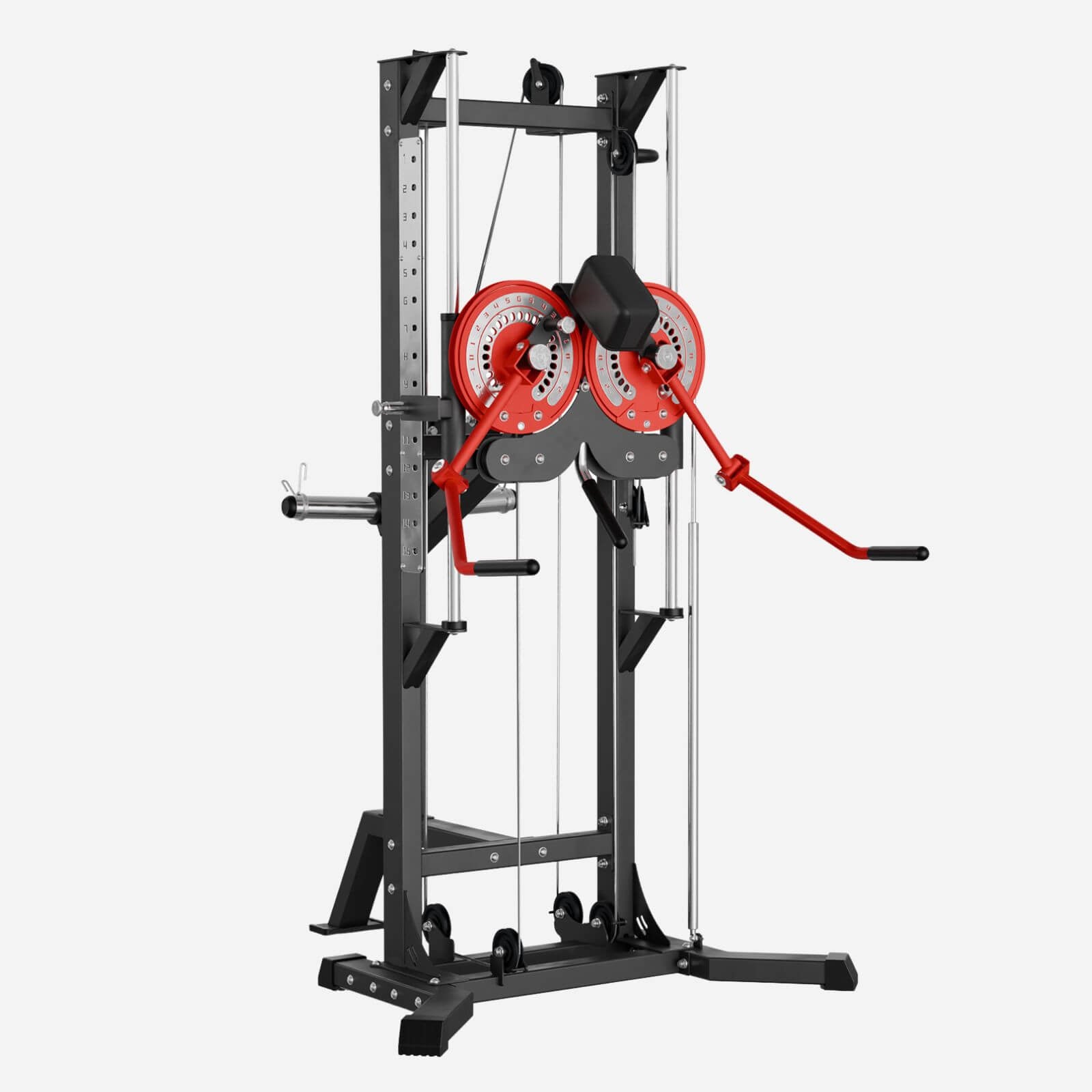

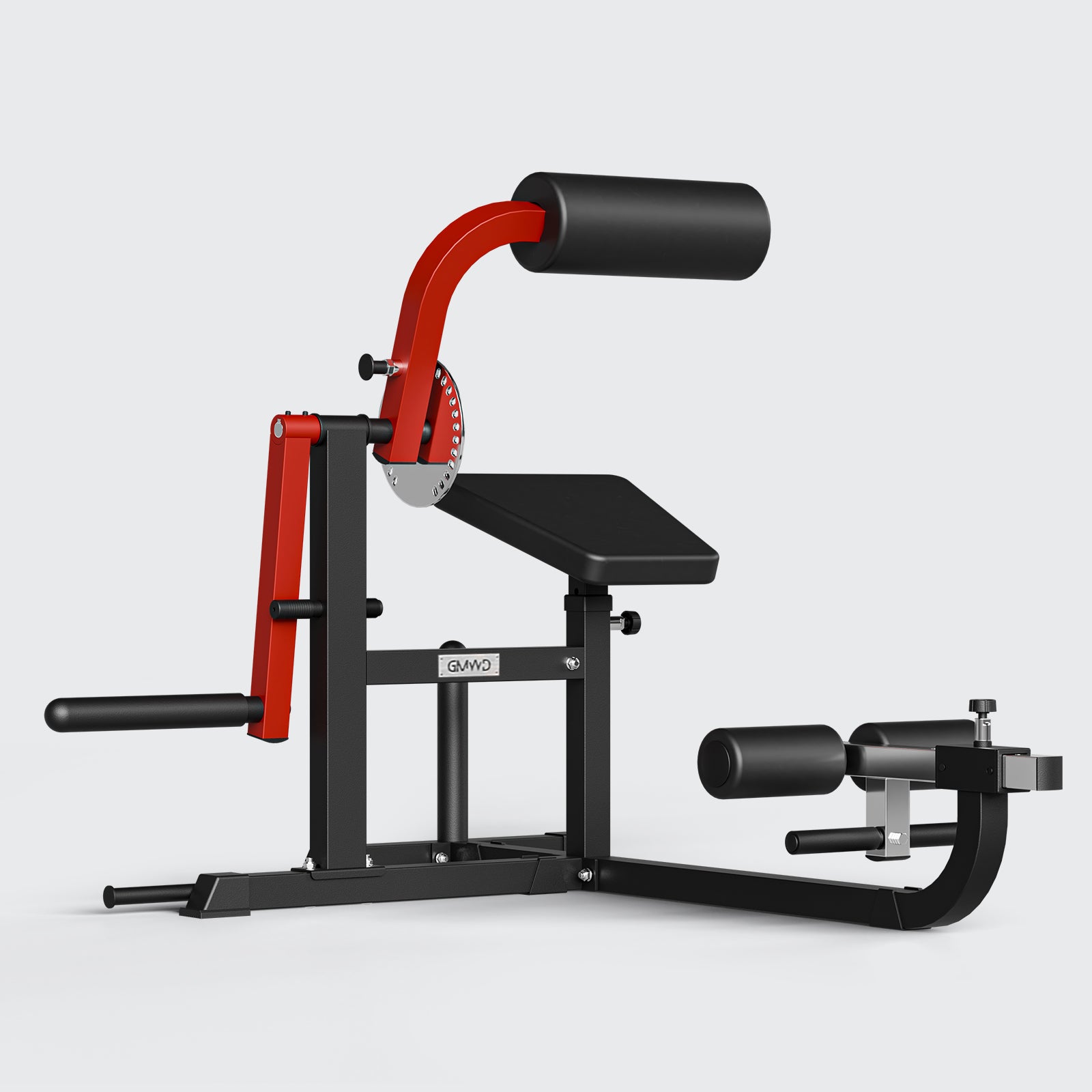
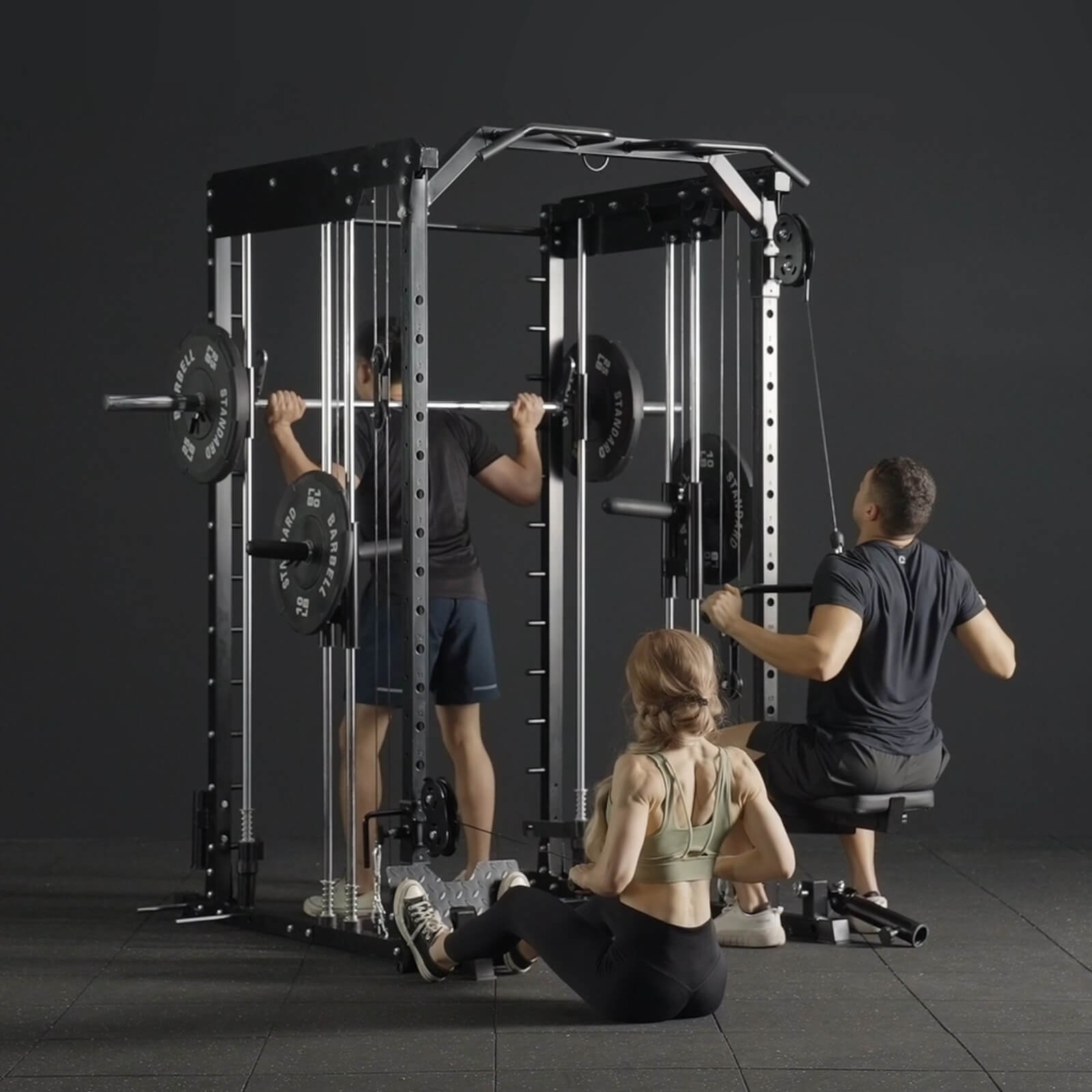
Leave a comment
All comments are moderated before being published.
This site is protected by hCaptcha and the hCaptcha Privacy Policy and Terms of Service apply.